Intelligent integrated actuators represent a significant leap forward in automation technology, combining the functions of traditional actuators with advanced sensors, control systems, and communication capabilities. These actuators are at the forefront of the Industry 4.0 revolution, where machines and systems work in collaboration to create smarter, more efficient manufacturing processes. One of the key areas in which intelligent integrated actuators are making a substantial impact is in collaborative automation, where robots and machines work alongside humans to achieve better performance and flexibility.
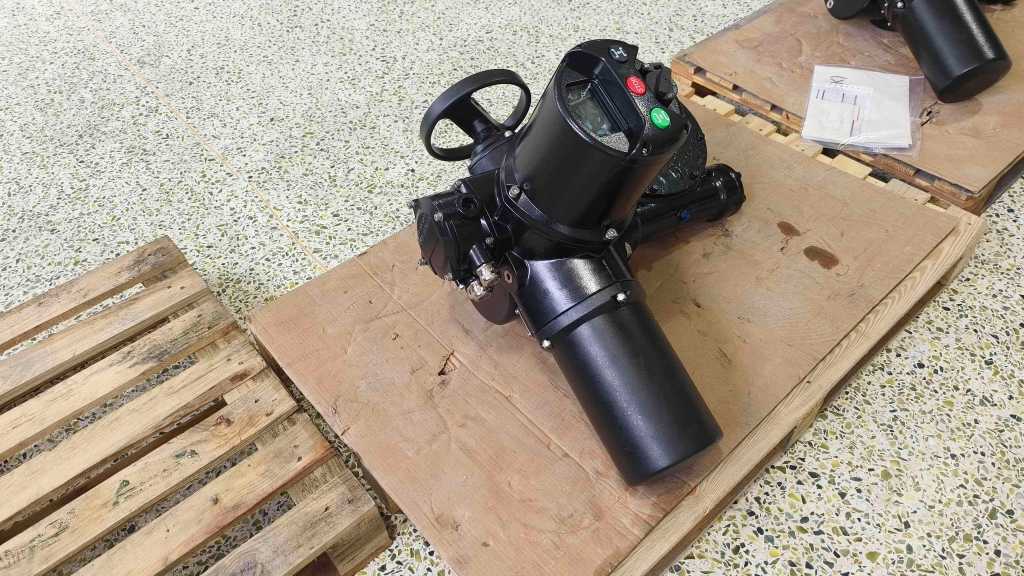
What are Intelligent Integrated Actuators?
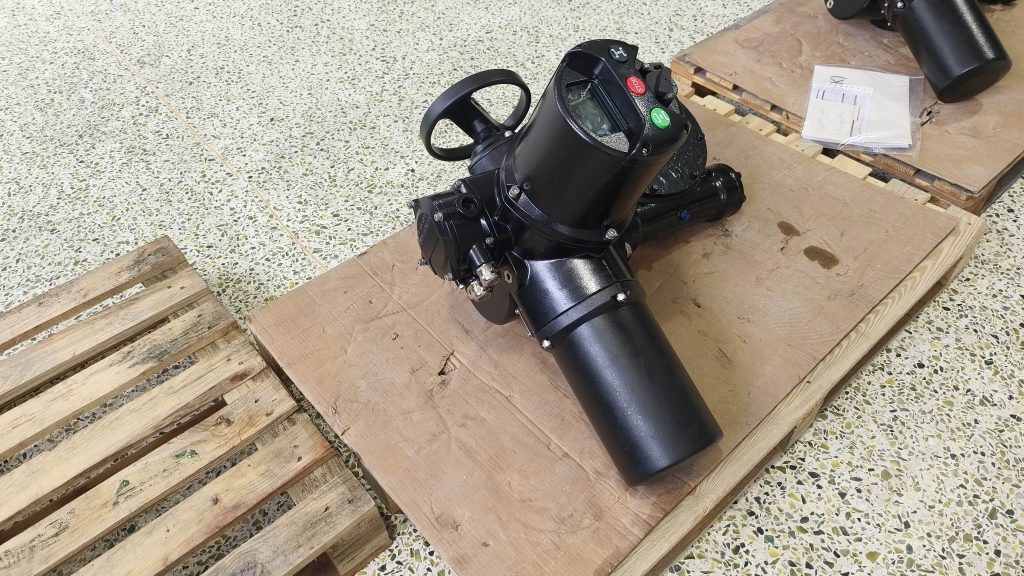
An intelligent integrated actuator is a device that integrates the actuator mechanism with sensors, a control unit, and communication interfaces into a single compact unit. Typically, actuators are responsible for converting energy into mechanical motion to perform tasks like moving parts, lifting, pushing, or rotating. However, intelligent actuators go a step further by embedding intelligence into the system, enabling it to respond to changing conditions in real-time.
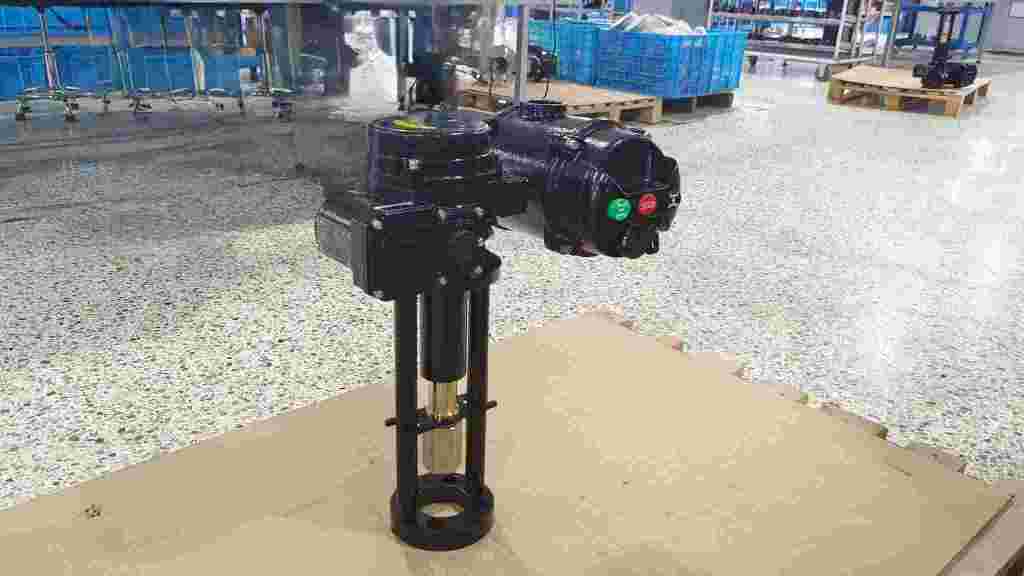
The integration of sensors allows these actuators to monitor variables such as position, speed, force, and temperature, providing critical feedback to the control system. This real-time data enables the actuator to make adjustments to its motion or behavior without human intervention, improving precision, efficiency, and safety in various industrial applications.
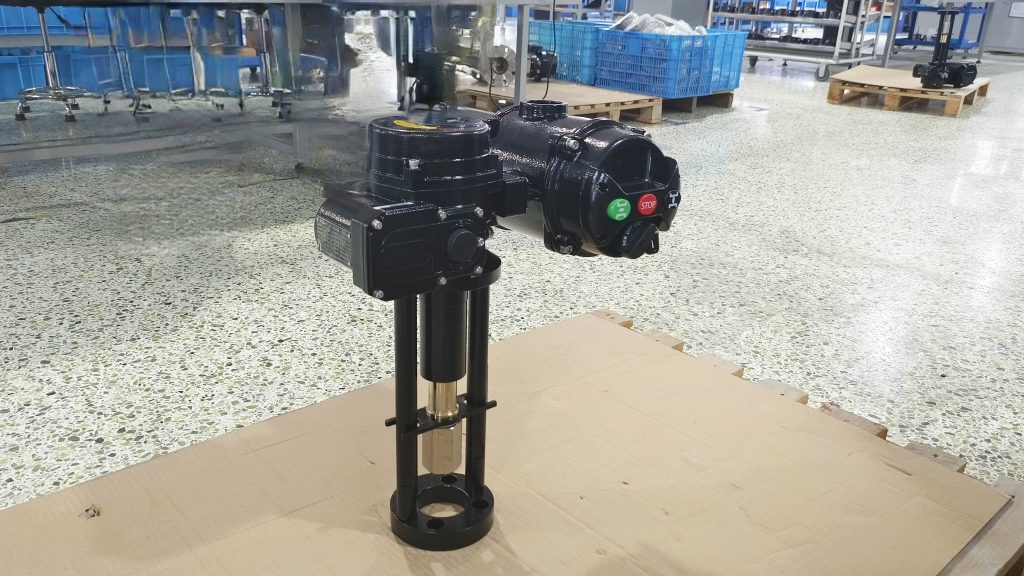
The Role of Collaborative Automation in Industry
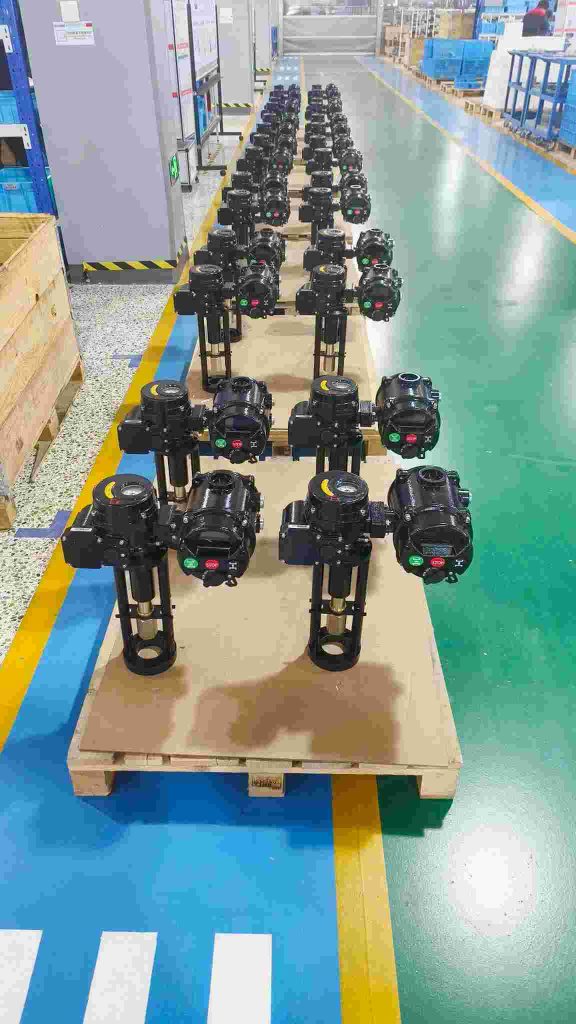
Collaborative automation, or “cobots” (collaborative robots), refers to systems where machines, such as robots and actuators, work alongside human operators to carry out tasks. Unlike traditional automation, which relies on machines to work independently, collaborative automation emphasizes human-robot interaction, with a focus on enhancing human capabilities rather than replacing them. This approach allows workers to focus on more complex and creative tasks while leaving repetitive, physically demanding, or dangerous tasks to robots and intelligent systems. Intelligent integrated actuators are a cornerstone of collaborative automation, as they enable robots to work more efficiently and safely in human environments. By integrating sensors and communication capabilities, these actuators allow robots to respond dynamically to changes in their environment, including the presence of humans, obstacles, or variations in the materials they are working with. This adaptability is essential in a collaborative setting where flexibility is crucial for optimal performance.
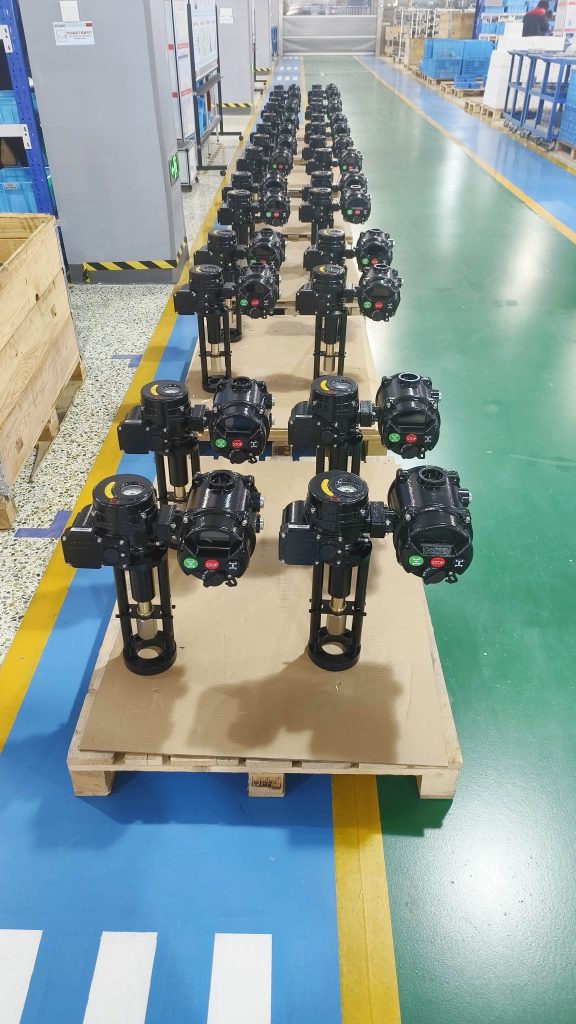
Leave a Reply